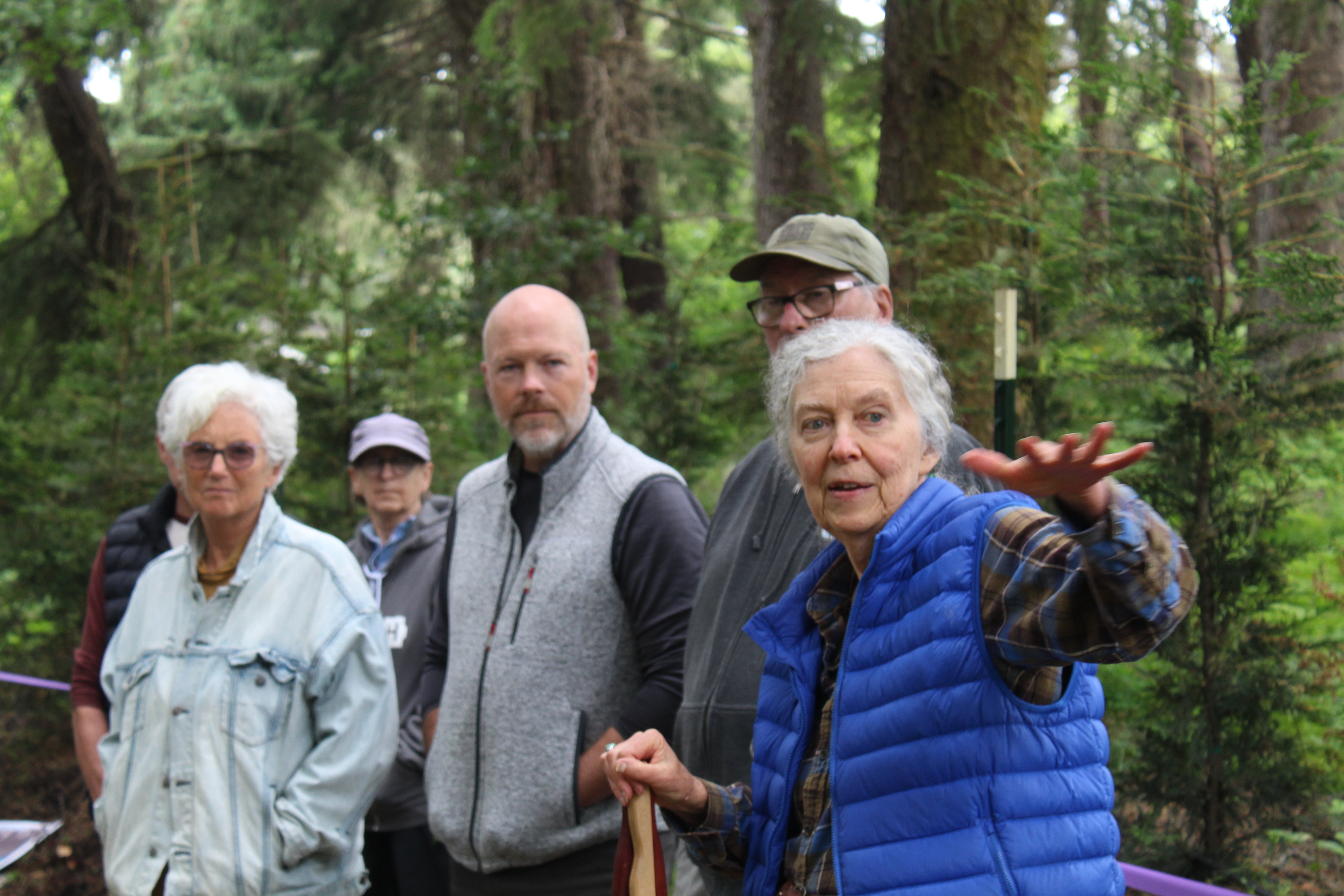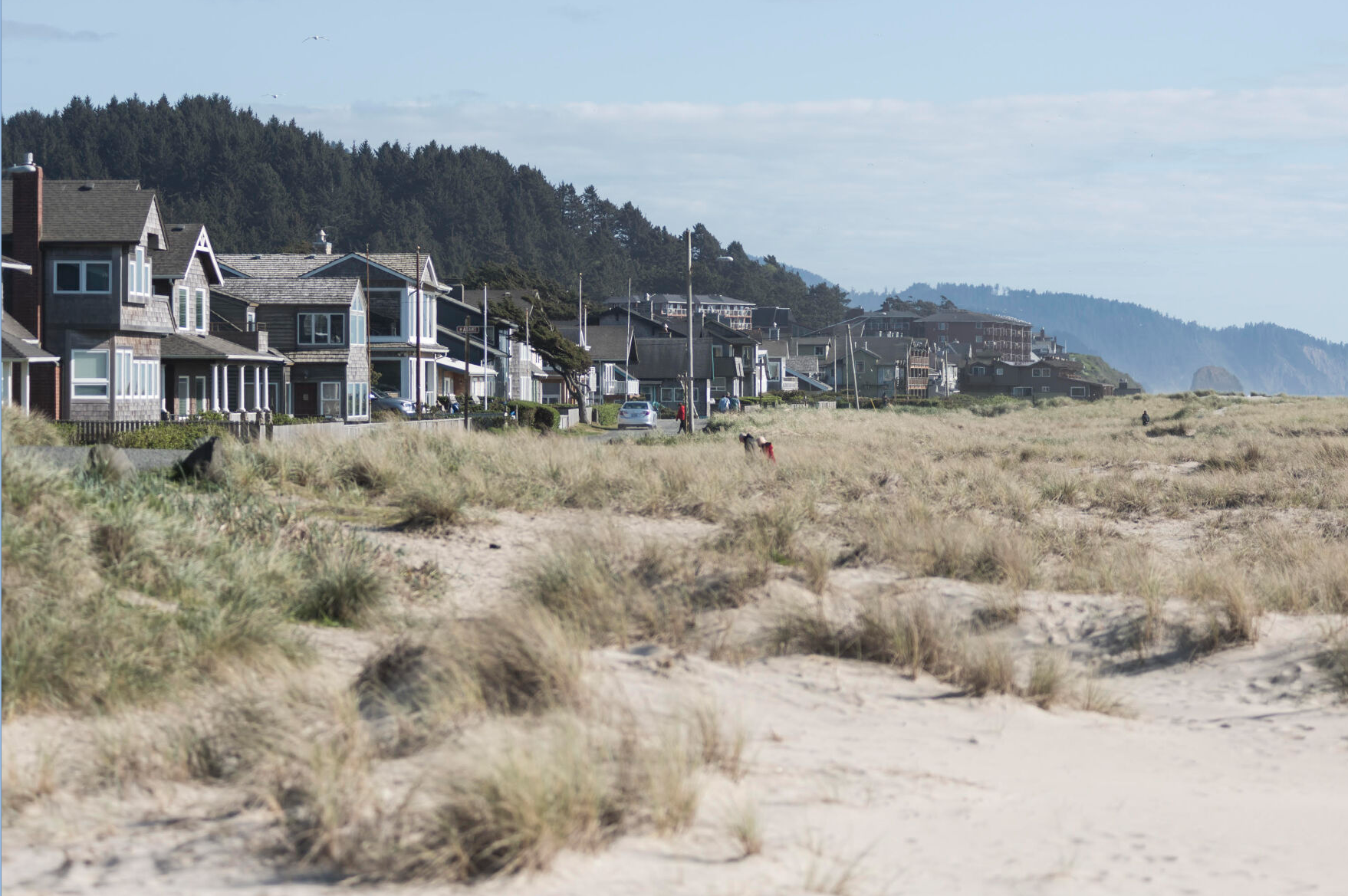Guest Column: Habitat conservation plan gives measure of certainty to state forests
Published 12:15 am Thursday, February 1, 2024

- Pamela Wev
The Clatsop County Board of Commissioners recently sent a letter to the Board of Forestry, which oversees the Oregon Department of Forestry, outlining the county’s objection to the habitat conservation plan presently under review.
Trending
The letter was signed by Mark Kujala, the board’s chairman, with the approval of three other commissioners. I did not want to be associated with the county’s letter, because it omits a significant amount of salient information about the habitat conservation plan.
Following are my reasons for doing so.
The plan has been prepared under the regulations of the Endangered Species Act of 1973, considered to be a landmark environmental conservation law intended to protect both animal and plant species. The analytical work on the plan has been primarily done by the Department of Forestry in partnership with state and federal agencies.
Trending
A habitat conservation plan is actually not required under federal law. Its value is in the establishment of habitat conservation areas to protect the habitat of listed species in order to avoid lawsuits challenging the “taking” of their habitat.
The habitat conservation plan gives a measure of certainty to state-managed forests for the next 70 years.
Two federal agencies are responsible for the approval of the plan: the National Marine Fisheries Service and the U.S. Fish and Wildlife Service. It is up to the State Forester Cal Mukumoto to submit the plan to those two federal agencies for approval. Mukumoto held recent listening sessions across the state, including one in Astoria on Wednesday at The Loft at the Red Building in Uniontown.
Due to agreements dating back to the mid-20th century, 15 counties — known as the Forest Trust Land Counties — gave their bankrupt forestlands to the state to manage in exchange for a percentage of the profits from timber cuts. Schools, special districts in rural areas and the counties receive these funds annually.
For the past decade or so, Clatsop County government has received a little more than $4 million per year of these funds. The Department of Forestry is funded by these same funds. As a result, state forests have been overharvested, causing the destruction of habitat for a variety of animals and plants.
Clatsop County’s letter to the Board of Forestry takes a “the sky is falling” approach to the habitat conservation plan. At every turn of the conversation during the last year, the only argument was against the plan as costing the county too much money. There has been no public consideration of the way forward.
In fact, there has been no public debate about the issue at all. The pro-timber bias of the four commissioners who supported the letter is blatant.
It appears that drastic declines in timber revenue would not come for at least three years, meaning there is adequate time to thoughtfully consider the options for replacing timber revenue with thoughtful state options to replace the funds.
The state has pledged to manage state forests for the greatest permanent value by providing productive and sustainable forest ecosystems that provide a full range of social, economic and environmental benefits to the people of Oregon.
What is it that most Oregonians value from state forests that the habitat conservation plan can provide?
• Healthy forests that help mitigate climate change.
• Clean and abundant drinking water, which is degraded by clearcuts.
• Protection for a diversity of plants and animals, salmon populations in particular, that are critical to our state’s economy and cultural values.
• A robust tourism sector, free from the blight of omnipresent clearcuts, which decrease recreational opportunities for everyone.









